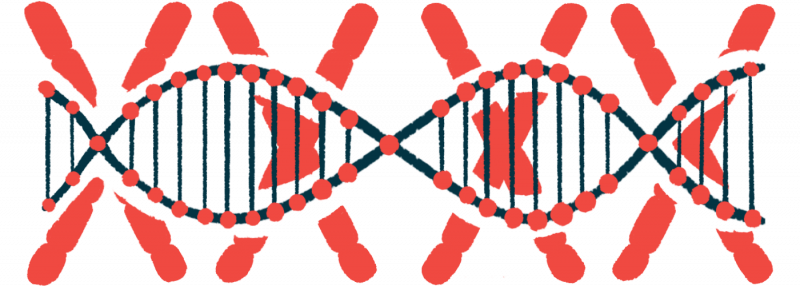Zolgensma leads to motor gains for children with SMA in Brazil

Use of the gene therapy Zolgensma (onasemnogene abeparvovec-xioi) was generally well tolerated and led to improvements in motor function for most children with spinal muscular atrophy (SMA) who were treated at centers across Brazil.
“This is the first Brazilian cohort to demonstrate the benefits of [gene therapy] in patients with SMA,” the researchers wrote in the observational study, “Gene replacement therapy for spinal muscular atrophy: safety and preliminary efficacy in a Brazilian cohort,” published in Gene Therapy.
Zolgensma, sold by Novartis Gene Therapies, is a one-time treatment that delivers a working version of the SMN1 gene to the body’s cells. Mutations in SMN1 cause SMA, and by delivering a healthy version of the gene, Zolgensma can reduce the degeneration of motor neurons that characterizes the disease, allowing patients to retain better motor function. The gene therapy is widely approved to treat young children with SMA.
Most of the study’s 41 children had type 1 SMA
Researchers reported outcomes in 41 children with SMA who were treated with Zolgensma at one of five centers in Brazil. Most of the children had SMA type 1, meaning they started experiencing symptoms in the first months of life. Seven others had SMA type 2 — meaning symptoms appeared between ages 6 months and 18 months — and one child was treated before developing any disease symptoms.
Most of the children in this study were older than 1 year when they received gene therapy, the researchers noted.
Forty patients were followed for at least six months after treatment, with 24 of them (58.5%) followed for at least one year.
Data indicated that most of the children experienced improvements in motor function following treatment with Zolgensma. Average scores on the CHOP-INTEND, a standardized measure of motor function, increased by more than 20 points in the year after gene therapy.
In addition to improvements in standardized motor function scores, the researchers noted that most patients hit new motor milestones. These included being able to sit with or without support, reaching head control, standing with support, walking with support, and walking alone.
Motor function improvements tended to be more dramatic in patients who had higher CHOP-INTEND scores — in other words, better motor function — when they received the gene therapy. Consistently, patients with type 2 SMA generally had more improvements than those with type 1, and patients who were younger when given the gene therapy tended to have greater improvements than those who were older at the time of gene therapy.
Although children who were younger tended to have the most dramatic outcomes, “even patients older than 2 years of age showed a significant gain in motor function” following gene therapy, the researchers wrote.
Before the gene therapy, most of the patients (87.8%) had received at least one dose of Spinraza (nusinersen), the first SMA treatment to be widely approved. Ten children continued Spinraza treatment after Zolgensma. The researchers noted that motor function outcomes were comparable in patients who did or did not take Spinraza after gene therapy.
Side effects of Zolgensma largely were in line with its known safety profile
Safety data reported for these 41 patients were generally in line with the known safety profile of Zolgensma. In the week after gene therapy, the majority of the children experienced fever and/or a poor appetite, and about half had nausea or vomiting. Elevated levels of liver enzymes, a well-documented side effect of Zolgensma, also were reported in most patients, though none of the children showed any signs of overt liver damage.
One child experienced an allergic reaction soon after the gene therapy infusion was started. The infusion was stopped and the reaction was managed with antihistamines and other allergy medications, then the gene therapy was successfully given a few hours later. One child also experienced a side effect of thrombotic microangiopathy, a blood disorder that can cause kidney damage, which was successfully resolved with supportive care.
During and after Zolgensma’s administration, patients are treated with medications called corticosteroids, which can help to lower the risk of problematic reactions to the gene therapy by reducing immune system activity. The researchers noted that the duration of corticosteroid treatment varied widely, from about two months to more than a year. Patients who were older when they received gene therapy tended to remain on corticosteroids for longer.
In the initial months after Zolgensma treatment, one child developed an infection that ultimately proved fatal. The researchers said this infection was unlikely to be related to the gene therapy itself, but noted that the use of immune-suppressing corticosteroids may have contributed to its severity, highlighting a need for close monitoring in patients who may be at risk from infections.
All in all, the team concluded that the data in this first report of Zolgensma’s use for SMA children in Brazil “reinforce previous data in the literature that [Zolgensma] is effective in SMA patients.”
The post Zolgensma leads to motor gains for children with SMA in Brazil appeared first on SMA News Today.




